In an increasingly digital economy, US consumers demand technologically integrated solutions that promote convenience and efficiency. In the last decade, we’ve witnessed a surge in technology that plays key roles in nearly every facet of both our private and public domains. Hardware and software are reshaping how we complete even the most mundane and routine of tasks.
Simultaneously, US consumers have grown accustomed to getting what we want, exactly when we want it. Online and self-serve shopping experiences further reinforce these expectations.
In recent years, the rise of e-commerce (e.g. Amazon), mobile ordering and door-to-door delivery (e.g. DoorDash, UberEats, Postmates), as well as self-service kiosks (e.g. grocery stores, fast food restaurants) are all examples of technology that save time and gain efficiency for both consumer and merchant. If you need proof that there is a growing demand for self-service shopping experiences, here are a few illuminating stats to share:
- In 2022, e-commerce sales are expected to hit $5.5 trillion, with 75% of US adults shopping online.
- 63 percent of people 18 to 29 years old have used a multi-restaurant delivery website or app service in the past 90 days.
- Self-service kiosks and technology revenue is expected to grow from $2.4 billion in 2021 to $4.6 billion in 2026.
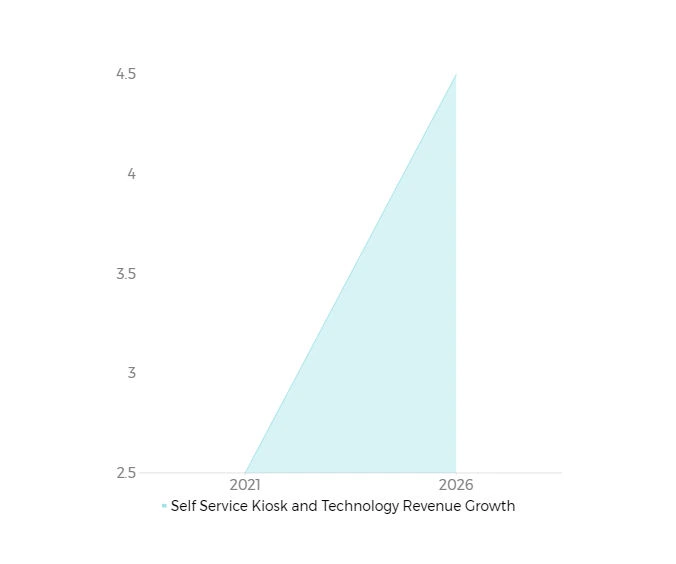
But it’s not just consumers who welcome the rise of self-ordering options. Shortages in labor resources and growing macroeconomic headwinds are also steering more businesses toward rapidly adopting these solutions to stabilize their businesses. Some standard self-service technologies (SSTs) that are gaining popularity in our everyday spaces include:
- ATMs – perhaps the most common example of SSTs and can be installed at multiple service points
- Hotel automated services – check-in and check-out kiosks streamline the hotel service and guests’ experience
- Airport self-service – baggage drops and check-ins are less time-consuming since self-service systems streamline formalities and alleviate airport-related stress
- Restaurants – enhance operational efficiency and customer service since SSTs eliminate long queues and wait times
Let’s take a deeper look into two popular self-service technologies on the rise: kiosks and online ordering. We’ll also discuss the factors shaping how those solutions may evolve over time.
Must Read: Self-ordering Kiosks Help Combat The Labor Shortages In The Restaurant Industry
Self Ordering Kiosks for Restaurants and Small-Medium Enterprises (SMEs)
The current state of self-ordering kiosks
The QSR and fast-casual restaurant industry is focused on implementing solutions that ensure expedited order placements and reduced wait times. Self service kiosks offer customers convenient service at their own pace without waiting in long queues. Long lines are proven to deter customers, and many may visit competitor outlets out of hunger and frustration. A previous study shows that 57% of customers are more likely to seek out alternative dining options when confronted by a wait of just 5 customers or longer.
Operationally, kiosks and other self-ordering solutions offer SMEs a competitive edge by reducing overhead expenses and offering unique customer acquisition channels. Additionally, kiosks facilitate inventory tracking and management, empowering operators to programmatically track consumption and place orders accordingly.
Quick-service restaurants (QSR) also leverage SSTs via mobile ordering apps and kiosks to unlock a deeper level of customer engagement. Self-ordering kiosks offer a number of experiences that previously were standalone solutions. For example, kiosks are often able to integrate with a customer loyalty program, which tracks lifetime points and rewards. Kiosks can also provide a personalized shopping experience based on a particular customer. Unlike any human order-taker, kiosks algorithmically offer discounts, promote certain inventory SKUs, and even bundle specific items based on a combination of a buyer’s demographic, seasonality, and business margins.
The evolution of self-ordering kiosks

Kiosks are here to stay and they will steadily evolve to offer an unrivaled in-store shopping experience. Like any e-commerce shopping experience, the kiosk shopping experience is limited only by the creativity of its operator.
Imagine what the kiosk experience will look like as companies incorporate even more customer engagement and gamification. Much like what e-commerce has built over the years, there is no limit to the depth of personalization that kiosks will eventually unlock. Just imagine – at some point, there could even be facial image recognition that predicts what items you are most likely to buy!
Online Ordering
At their inception, mobile ordering solutions seemed like a long shot to gain adoption – that was until significant franchises such as Pizza Hut and Jersey Mike’s changed the game.
Pizza Hut was one of the first to embrace online ordering in 1994, eventually launching their unique Pizza Hut mobile ordering app 15 years later. Now, mobile ordering has become commonplace, with some forecasts valuing the food delivery market at $365B by 2030.
Must Read: The New Subscription-Free Online Ordering Menu
The current state of online ordering
Market revenue for the food delivery industry has increased by 204% in the past five years – this is due both to a combination of the onset of COVID and the normalization of mobile ordering apps. On average, Americans spend $67 per week on takeout, and over 60% of consumers order delivery at least once per week.
On average roughly 41% of a restaurant’s revenue comes from an online ordering platform today. The food industry is growing at a modest pace of approximately 3.7% per year. Meanwhile, online ordering and meal delivery are skyrocketing at a rate of roughly 15-20% each year.
The explosive growth of online ordering and meal delivery is partly due to shifting customer tastes. With diners favoring mobile apps and marketplaces to place online orders, restaurants must cater to shifting consumer preferences, hoping to meet customers where they are.
Unsurprisingly, customers find the concept of in-app ordering and door-to-door delivery irresistible. In-restaurant dining is increasingly viewed as an experience, not necessarily a requirement. Ultimately, online ordering provides consumers with an option that values their most limited resource – time! A 2022 study shows that the average session duration in a food delivery app in North America was 17 minutes. Although this number has grown over the years, it’s hardly a comparison to the time spent commuting to and from a restaurant.
Perhaps most importantly, restaurant owners are acutely aware that the millennial generation and high-income families are among the most avid adopters of the online ordering wave. Consumers between the ages of 21 and 36 account for more than 70% of online orders and at-home delivery customers.
The evolution of online ordering
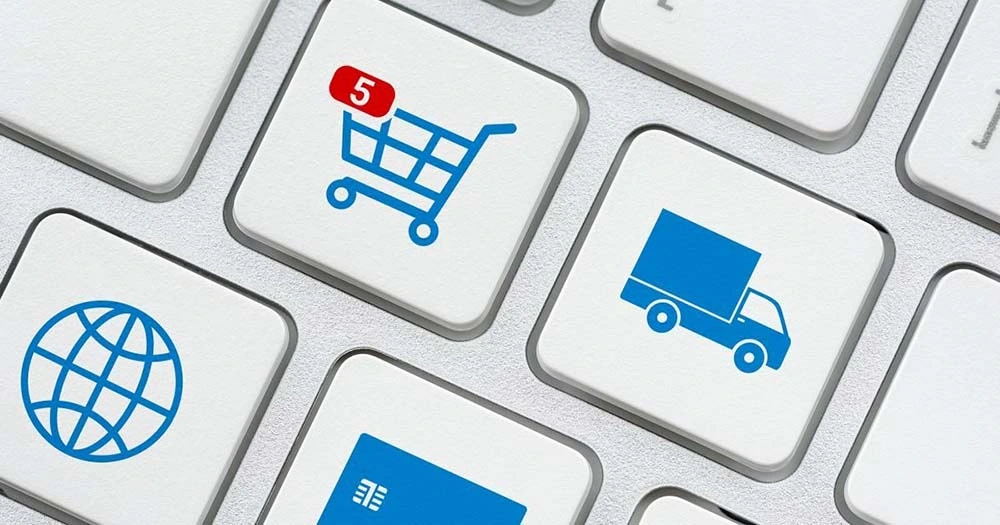
Although mobile ordering is already well established, several improvements and new features have begun to gain popularity. Some recent rollouts, such as voice ordering, suggested ordering, and pre-ordering, are increasingly more common. Apps are also incentivizing repeat customers and monthly active users by luring customers back with unique rewards, offers, and an overall personalized shopping experience. Certain delivery platforms are also experimenting with time-based deals, providing merchants with the ability to gain extra exposure to a new set of customers during off-peak hours.
With mobile apps, predictive and suggestive technologies will surely be a future priority. Although some people might find hyper-personalization to be strange and intrusive, the science behind the engineered shopping experience is undeniably powerful.
Must Read: How to Implement a Restaurant Kiosk in Your Store
Self-service systems and technologies are designed with the millennial and Gen Z shopper in mind. These two demographics, which already account for roughly 50% of the US population value near-term gratification and convenience above all else. Solutions that provide faster checkouts, lower initiation requirements, increased personalization and even gamification will likely be the most widely adopted technologies.
Kiosks and online ordering have undoubtedly changed the consumer experience, for better or for worse. But these solutions have also leveled the playing field for every small and medium-sized business looking to compete. Whether they are a virtual kitchen, ghost kitchen, pop-up, or established brick-and-mortar merchant, any upstart company has access to the type of audience and distribution it needs to thrive.





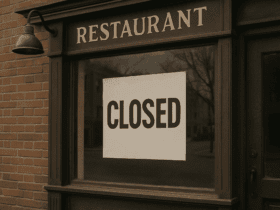
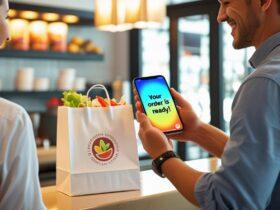



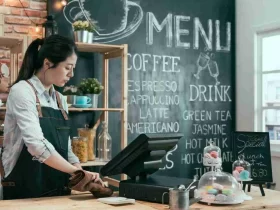
Leave a Reply